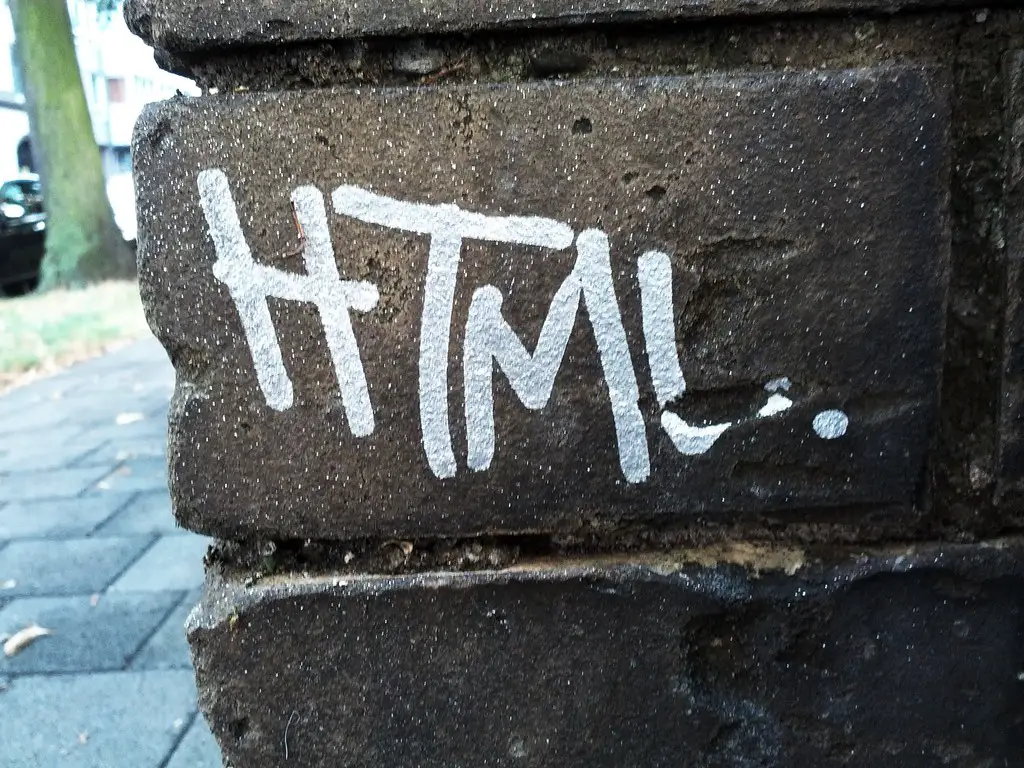Step-by-Step Guide to Creating a Drop Down List in HTML
Creating a drop down list in HTML is a simple process that can be completed in just a few steps.
Step 1: Begin by opening the HTML document you wish to add the drop down list to.
Step 2: Add the following code within the body of your document:. This will create an empty drop down list:
<select>
<option></option>
</select>
Step 3: Within the select tags, add each item you want to appear in your drop down list using option tags. For example, if you wanted three items on your list, it would look like this: Item 1 Item 2 Item 3.
<select>
<option>Item 1</option>
<option>Item 2</option>
<option>Item 3</option>
</select>
Step 4: If desired, you can also assign values to each item on your list by adding value=”value” after each option tag. For example, if Item 1 had a value of “1”, it would look like this:Item 1.
<select>
<option value="1">Item 1</option>
<option>Item 2</option>
<option>Item 3</option>
</select>
Step 5: Once all items have been added and values assigned (if desired), save and close your document. Your new drop down list should now be visible when viewing the page in a web browser!
How to Style Your Drop Down List with CSS
Drop down lists are a great way to provide users with a range of options when filling out forms. With the help of CSS, you can customize the look and feel of your drop down list to match the design of your website. Here are some tips on how to style your drop down list with CSS:
1. Set the width: The first step is to set the width for your drop down list so that it fits within its container. You can do this by using either a percentage or pixel value in the “width” property in your CSS code.
2. Change font size and color: You can also change the font size and color for each option in your drop down list by using either “font-size” or “color” properties in your CSS code. This will help make sure that all options are clearly visible and easy to read for users.
3. Add background colors: To add more visual interest, you can also add background colors for each option in your drop down list by using either “background-color” or “background-image” properties in your CSS code. This will help make sure that all options stand out from one another and draw attention from users when they select an option from the list.
4. Add borders: Finally, you can also add borders around each option in order to further separate them from one another by using either “border-style” or “border-width” properties in your CSS code. This will give each option its own unique look while still keeping them visually connected as part of a single group within the form field.
Best Practices for Using JavaScript to Enhance Your HTML Drop Down Lists
1. Use JavaScript to create a dynamic drop down list that is populated with data from an external source. This will allow you to keep your HTML code clean and organized, while also allowing for easy updates when the data changes.
2. Make sure that the JavaScript code is well-structured and easy to read, so that it can be easily maintained in the future.
3. Use descriptive variable names and comments in your code to make it easier for other developers to understand what is happening in the script.
4. Test your drop down list thoroughly before deploying it on a live website, as any errors or bugs could cause problems for users of the site.
5. Consider using libraries such as jQuery or ReactJS if you need more advanced features than what plain JavaScript can provide for your drop down list functionality.
Q&A
Q1: How do I create a drop-down list in HTML?
A1: To create a drop-down list in HTML, use the “Select” element. Inside the element, add an tag for each item in your drop-down list. Set the value attribute of each option to a unique value. Finally, add a label to your select box using the
Q2: How do I set the default value of a drop-down list?
A2: To set the default value of a drop-down list, use the selected attribute on one of your options inside your select element. The selected option will be displayed by default when the page loads.
Q3: How do I make my drop down menu responsive?
A3: To make your drop down menu responsive, you can use media queries and CSS to adjust its size and position based on different screen sizes and resolutions. You can also use JavaScript or jQuery to dynamically adjust its size and position as needed.
Q4: Can I add images to my HTML Drop Down List?
A4: Yes! You can add images to an HTML Drop Down List by using background images for each option inside your select element or by using custom styling with CSS and JavaScript/jQuery code.


